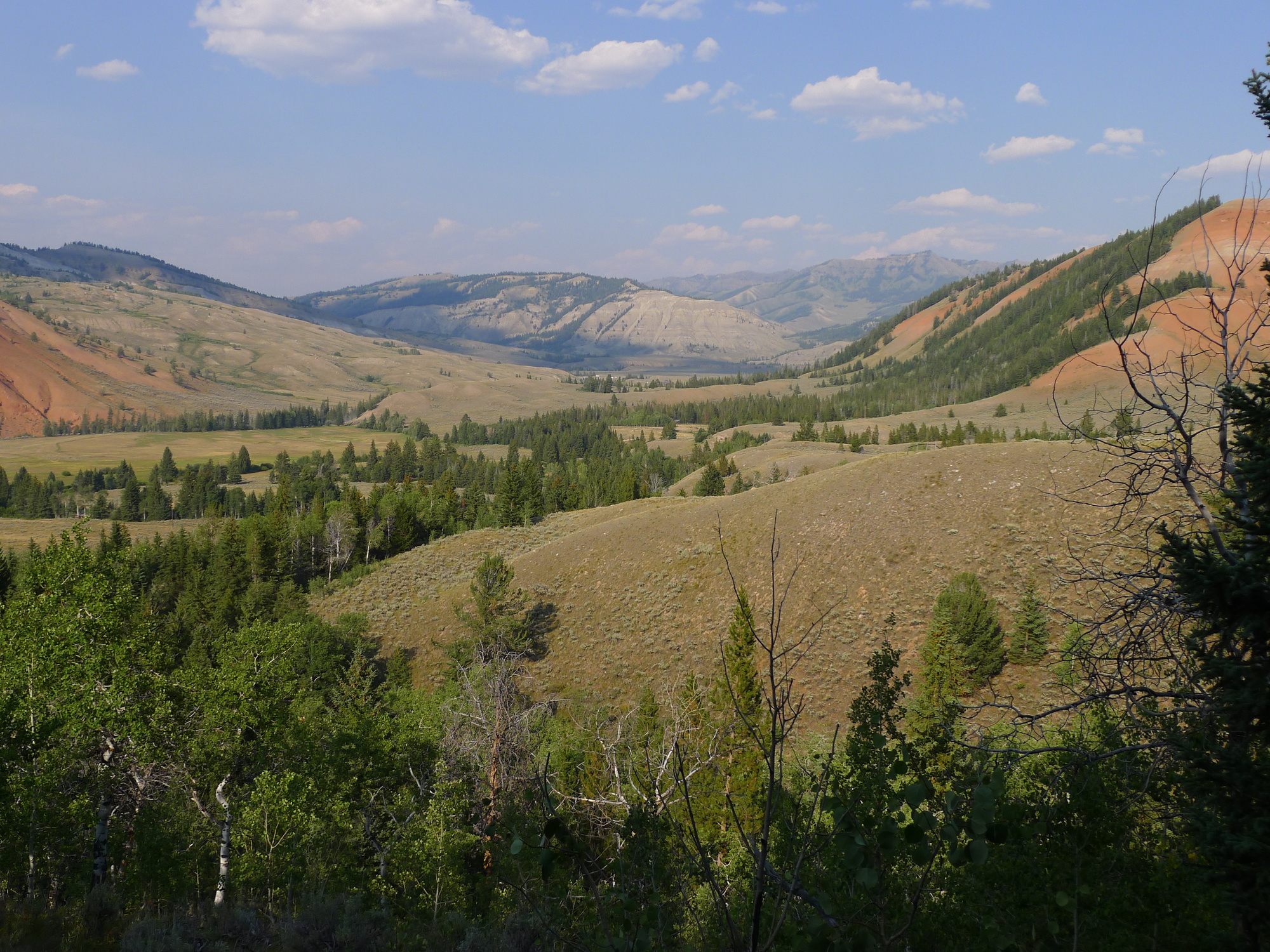NEWS RELEASE: Wyoming Geological Survey Publishes New Map of East Half of Jackson Lake Quadrangle
Wyoming State Geological Survey sent this bulletin at 06/08/2022 08:47 AM MDT
June 8, 2022
******FOR IMMEDIATE RELEASE******
Media Contact:
Christina George
(307) 766-2286 x231
christina.george@wyo.gov
WSGS Publishes New Map of East Half of Jackson Lake Quadrangle
A new Wyoming State Geological Survey (WSGS) map highlights the Quaternary geology and geologic hazards in the area east of Jackson Hole. WSGS geologists mapped the surficial geology of the east half of the Jackson Lake 30' x 60' quadrangle, completing a two-year effort of 1:100,000-scale mapping in the area.
The east half of the Jackson Lake quadrangle is in Teton, Fremont, and Park counties, and encompasses the Mount Leidy highlands, easternmost Jackson Hole, and the northern Gros Ventre, northwestern Wind River, and southwestern Absaroka ranges. The map area is bisected by U.S. Highway 26/287, which is the only major road entering Jackson Hole from the east. The highway is exposed to unstable slopes and has been damaged on multiple occasions by landslide activity.
“Mapping is a fundamental first step in characterizing geologic hazards, and we hope this map can provide a foundation for future geo-hazard analyses in the area,” says WSGS Director and State Geologist, Dr. Erin Campbell.
The preliminary surficial geologic map provides updated field and light detection and ranging (lidar)-based landslide mapping in one of the most landslide-prone regions in Wyoming. Work in the map area also identified two previously unrecognized Quaternary-active faults that displace deposits as young as 15,000 years old. Additionally, the mapping sheds light on the timing, interaction, and spatial extent of glaciers from the Yellowstone Plateau, Wind River Range, and Gros Ventre Range during the two most recent Pleistocene glaciations.
“The landscape of northwest Wyoming is shaped by active geologic processes, and our mapping on the east half of the Jackson Lake quadrangle reinforces this,” says WSGS geologist James Mauch. “From active landslides in the Gros Ventre River valley to faults in eastern Jackson Hole that show evidence of late Quaternary surface rupture, this map area contains exemplary evidence of geology at work.”
The map is accompanied by a 52-page report that details results and interpretations from the study. Both the map and report are available in digital and hardcopy formats.
WSGS geologists last year mapped the west half of the of the Jackson Lake quadrangle, which is in Teton County and includes most of Grand Teton National Park. Similar to its eastern counterpart, this map was also completed in an effort to better understand the region’s geologic hazards and Quaternary geology.
The maps of the Jackson Lake quadrangle represent progress toward the WSGS’s goal to map the surficial geology of the state at a scale of 1:100,000. They were both supported with funding through the U.S. National Cooperative Geologic Mapping Program, which is managed by the U.S. Geological Survey.

Caption: View to the east up the Gros Ventre River valley on the east half of the Jackson Lake 30' x 60' quadrangle. The bare ridge in the foreground is a Pinedale-age lateral moraine from a valley glacier that occupied West Miner Creek. (WSGS photo)

